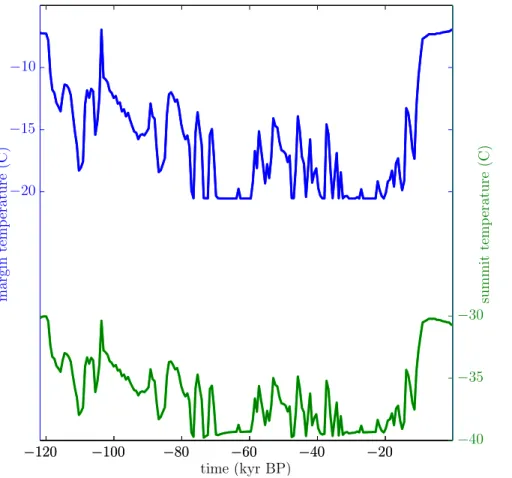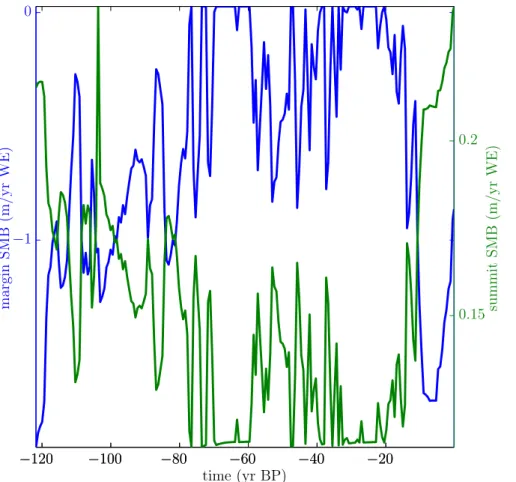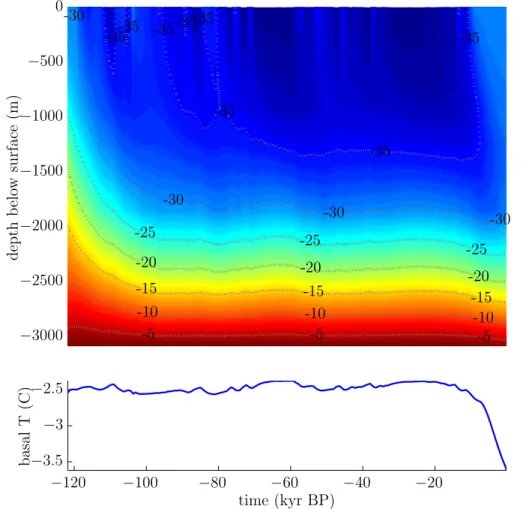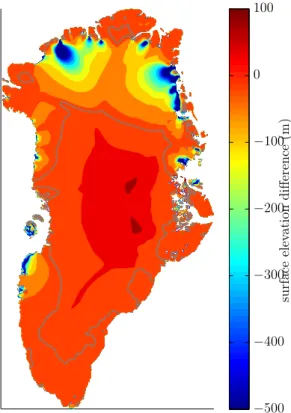A technique for generating consistent ice sheet initial conditions for coupled ice-sheet/climate models
Texto
Imagem




Documentos relacionados
The remainder of the paper is a case study in autonomous path planning for aerial sensors for the target tracking problem, with a hybrid experi- ment, which consists of both a
Unstructured finite element mesh and model surface velocities after optimisation of the basal friction with the Robin inverse method, on the whole ice sheet and zooms on
decreases the temporal variability and increases the correspondence with RACMO2. Interesting feature in this figure is the northern marginal areas where the fraction is larger than
basal water layer thickness W i,j , hydraulic potential P i,j , normal- ization N i,j , and water flux φ i,j (for coupling to an A-grid ice model); at the grid cell edges:
Simulated steady state profiles of the enthalpy, E , the temperature, T , and the wa- ter content, ω for TIM-FD 3 (blue), ISSM (red) and COMice (black) compared to the
Difference in the quantities indicated between the final steady state and the time-mean of years 1–100 of the synchronously coupled experiment for the incipient glacial climate
Simulated lower summer temperatures over northern Canada and northwestern Europe in our OGIS11.5 simulation were the result of such ice-sheet-induced cooling, which would have
Figure (4) shows the compensatory horizontal and verti- cal stress terms in the conservation of momentum equation at the beginning (left) and at the time when the steady-state

